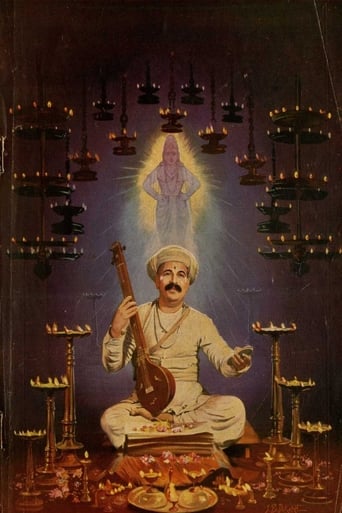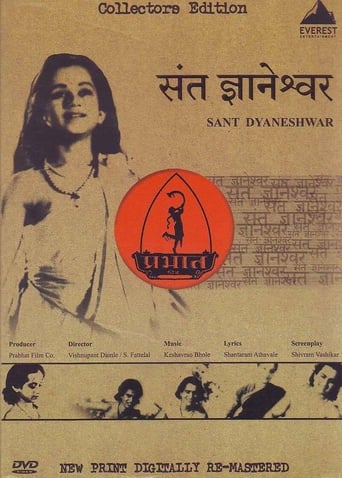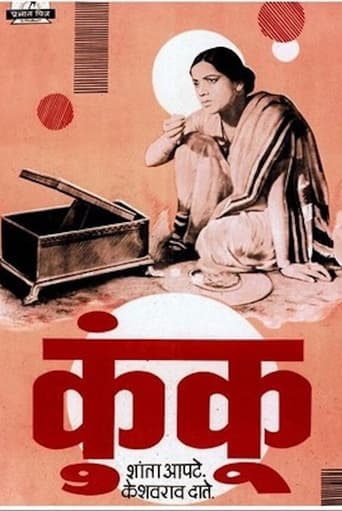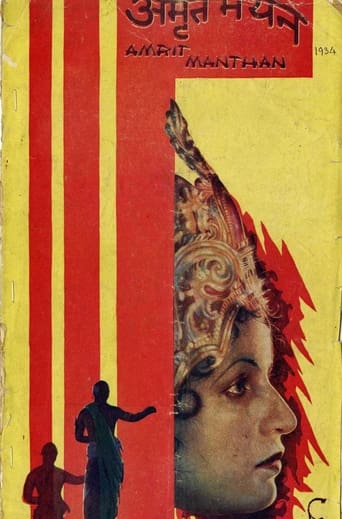This special-effects laden film is based upon an episode from the Ramayana. Indrajit, son of Ravan, initiates an attack on Rama (Mane) and Lakshmana (Kulkarni) in which they are captured by Mahi (Kelkar). They escape with the assistance of Rama's disciple, the monkey-god Hanuman (Manajirao). The narrative foregrounds Chandrasena (Tarkhad), wife of Mahi, who reveres Rama but disapproves of the bacchanalian orgies and the celebration of liquor that is the norm in his kingdom. She helps resolve the stalemate of the battle when Mahi (who can duplicate himself and his dead soldiers) proves invincible, by revealing the secret formula that will kill her husband. In addition to the usual flying figures and magic arrows mandatory for a Ramayana mythological, there is an effective scene of a gigantic Hanuman picking up a miniaturized human figure.




